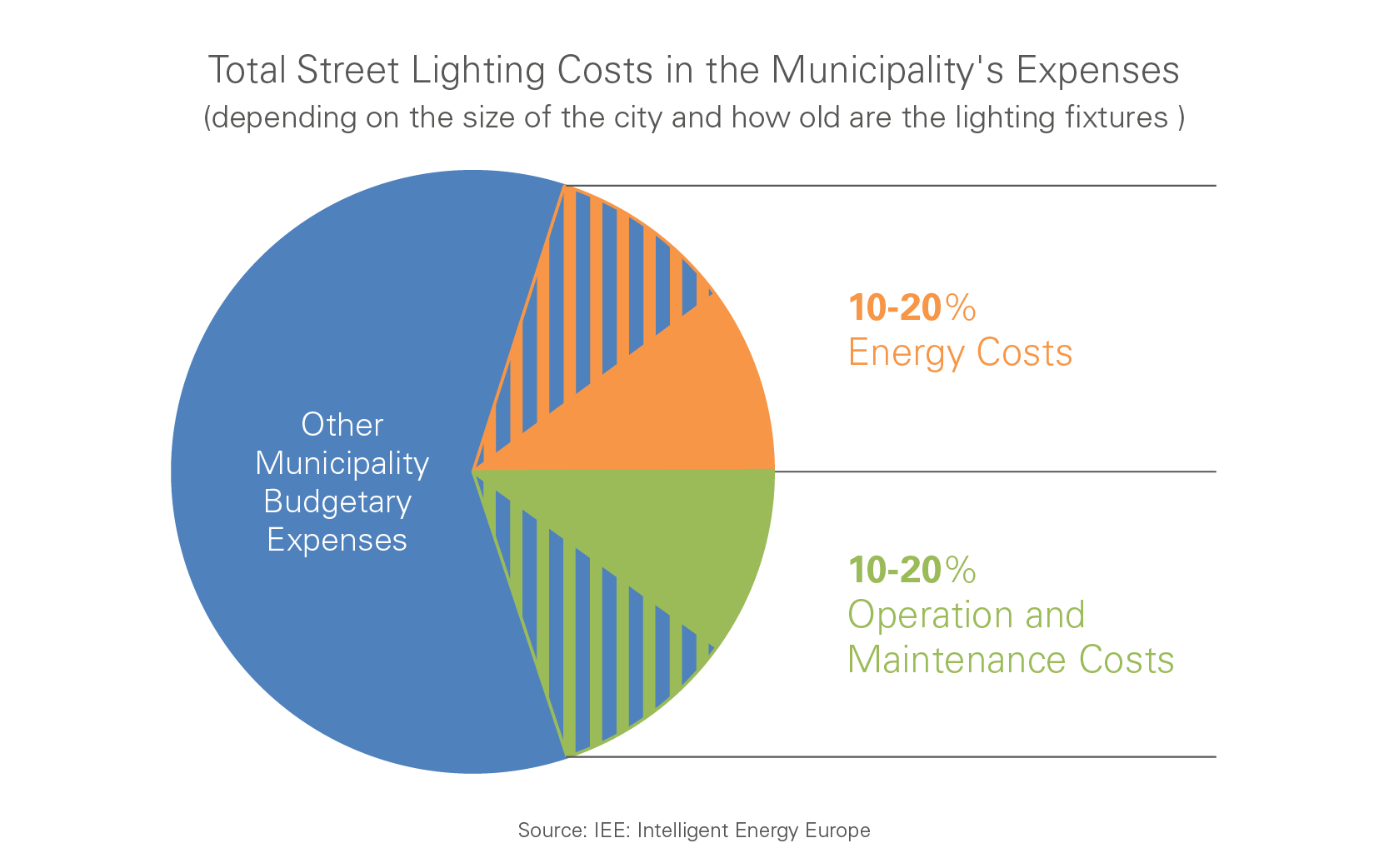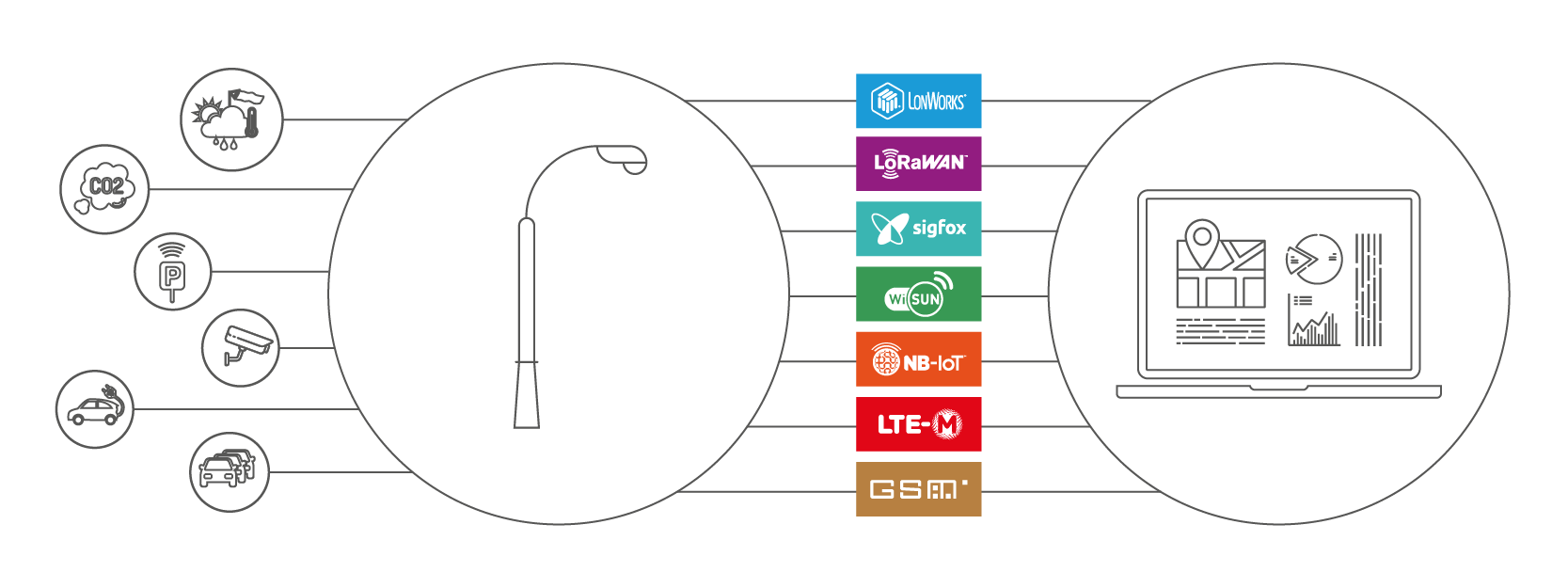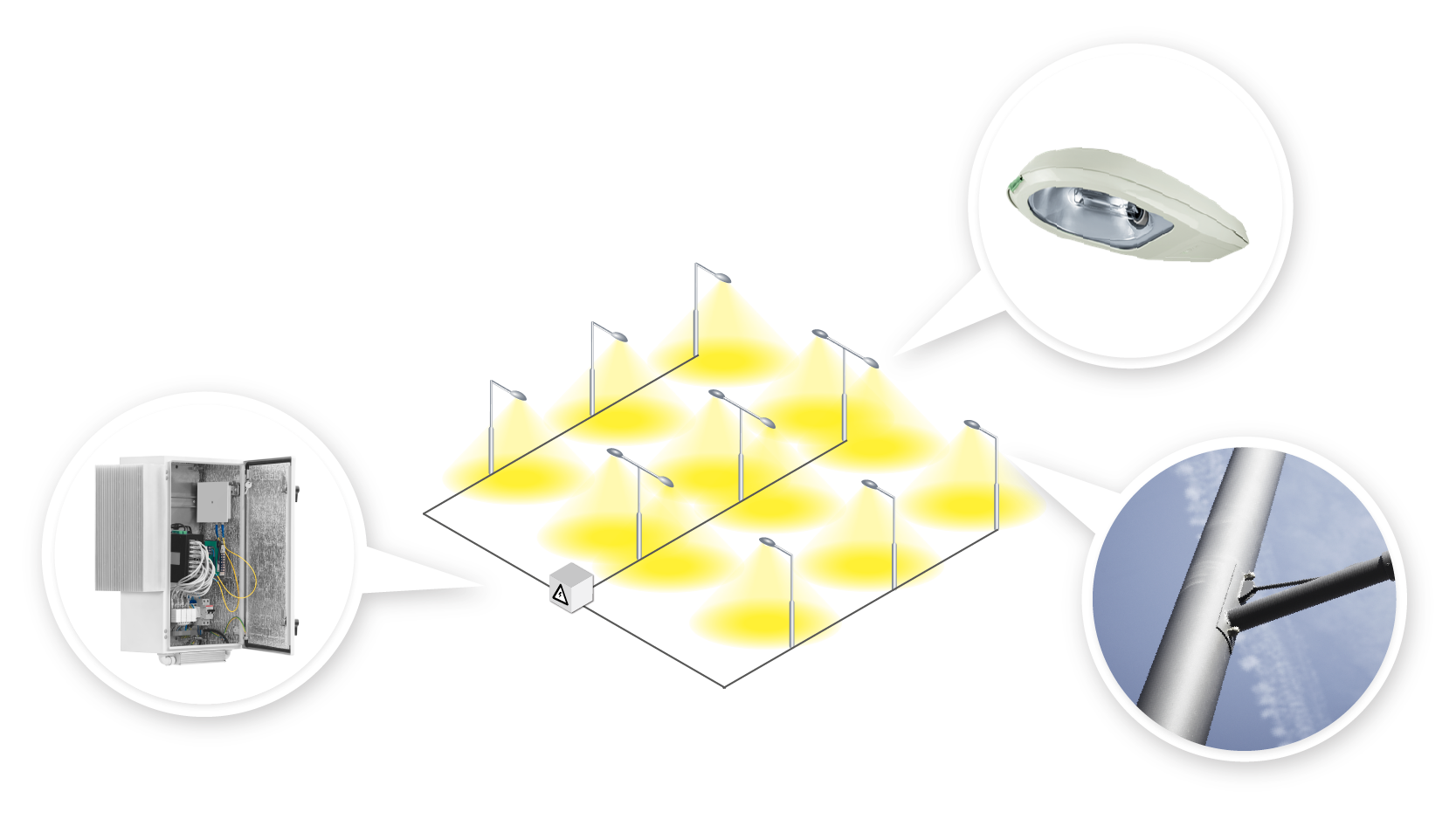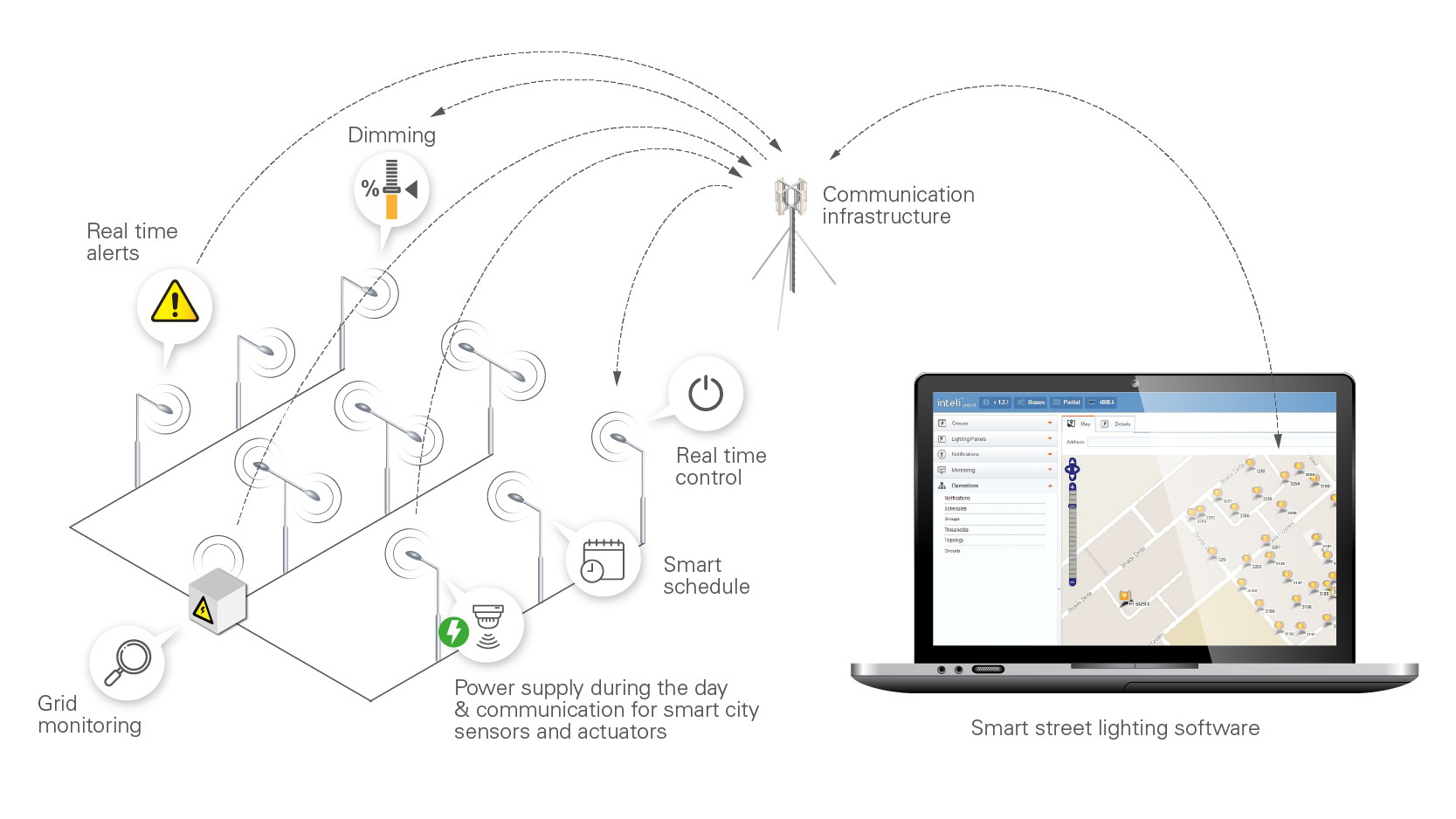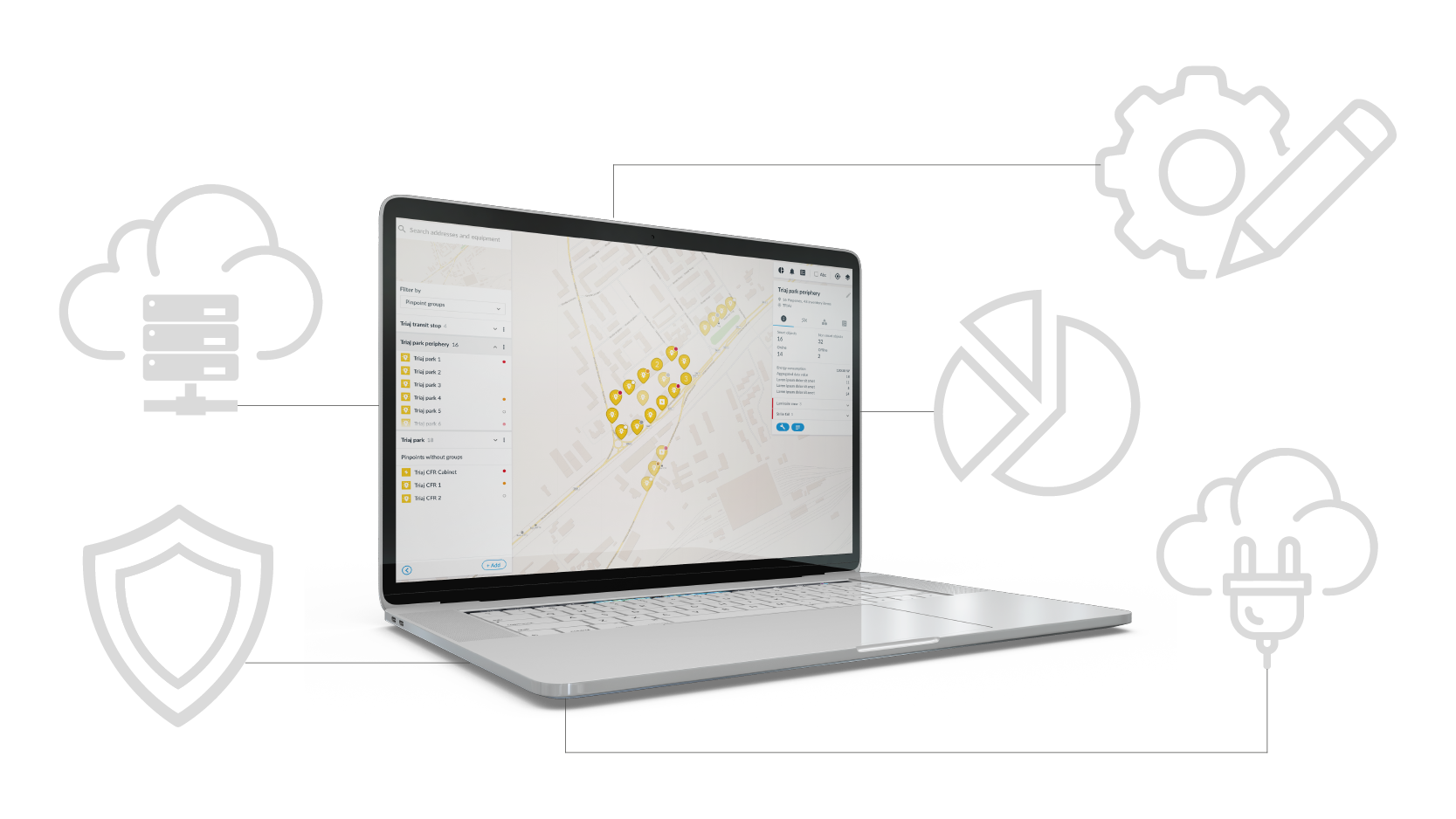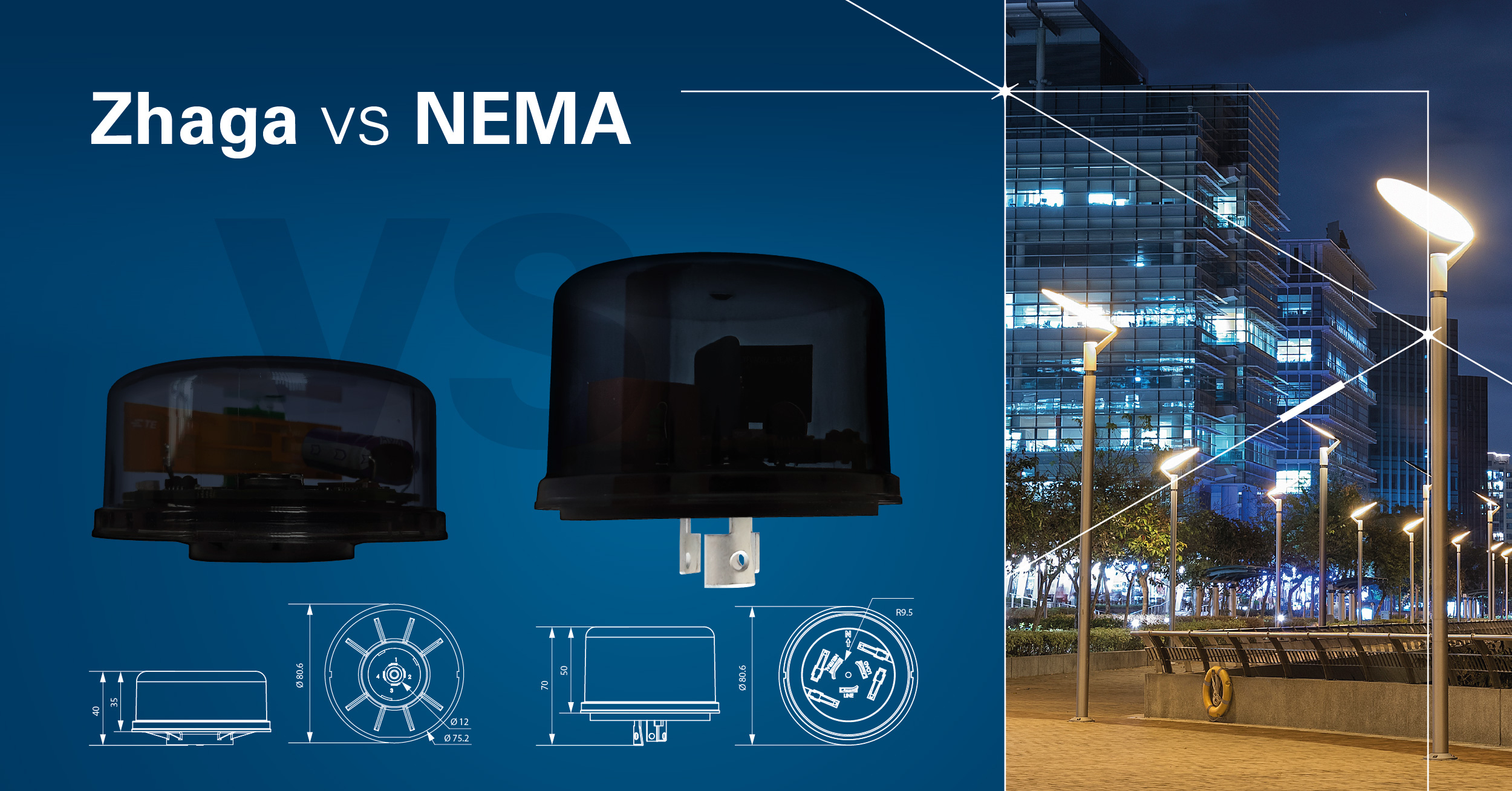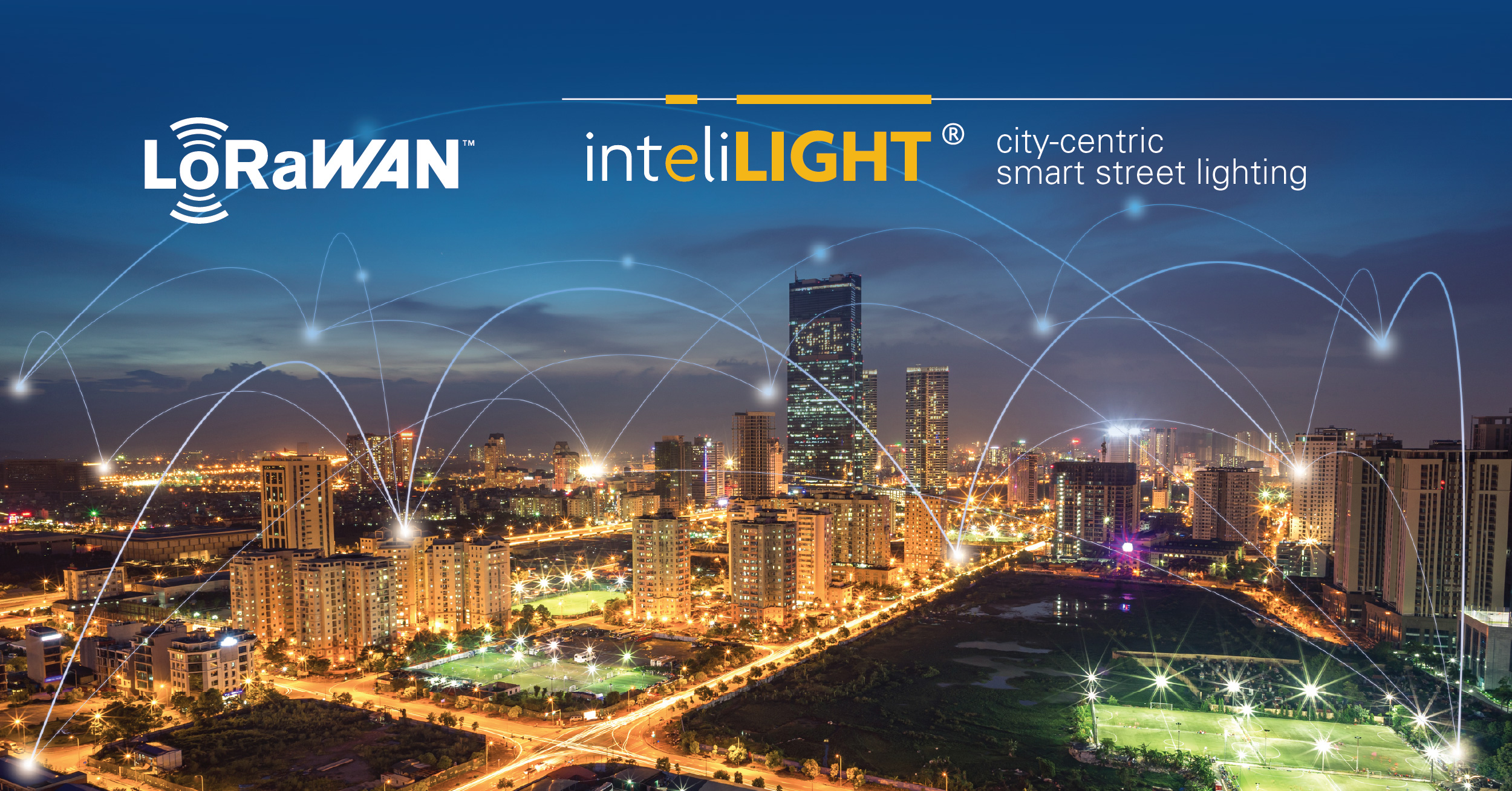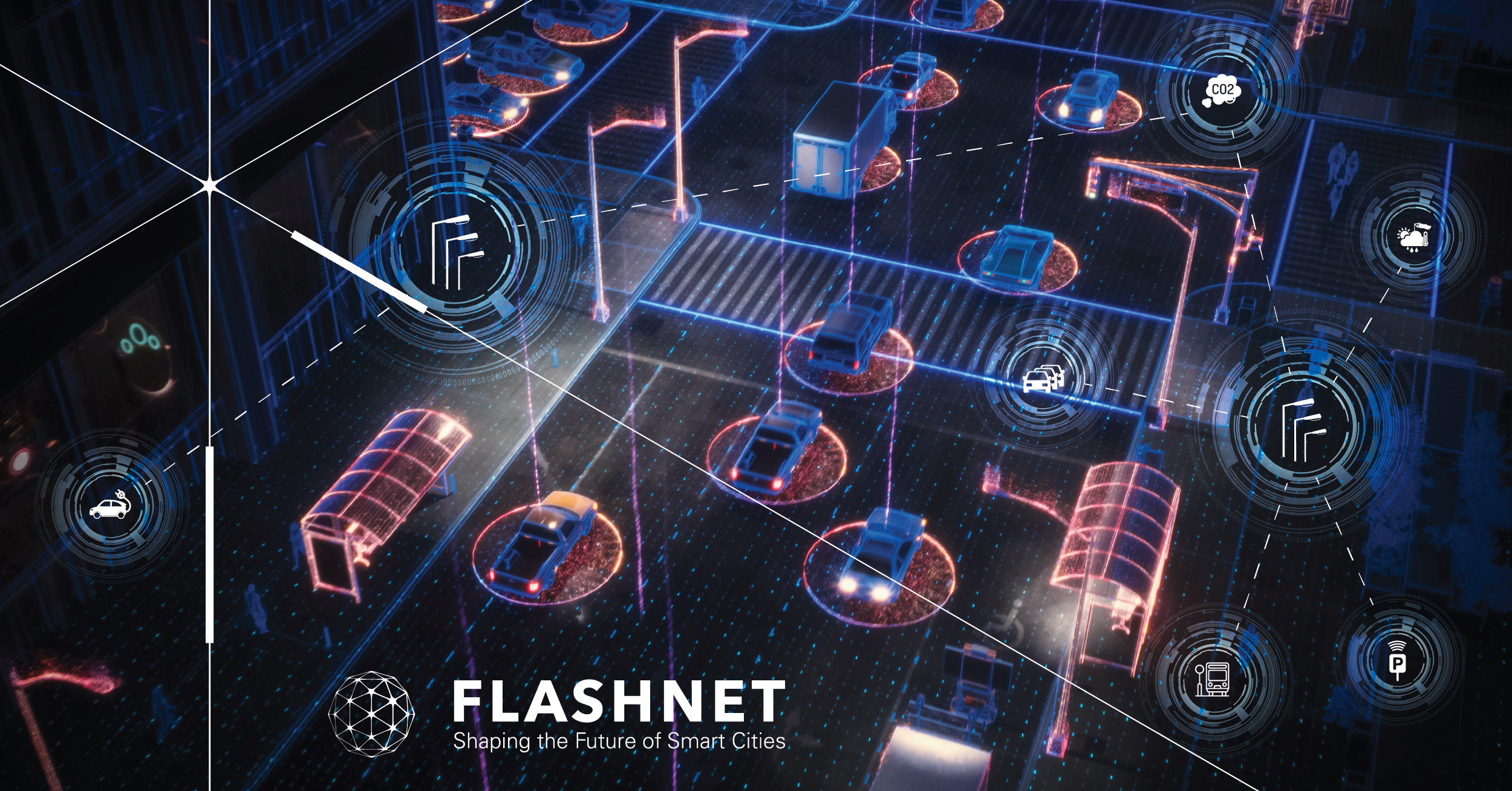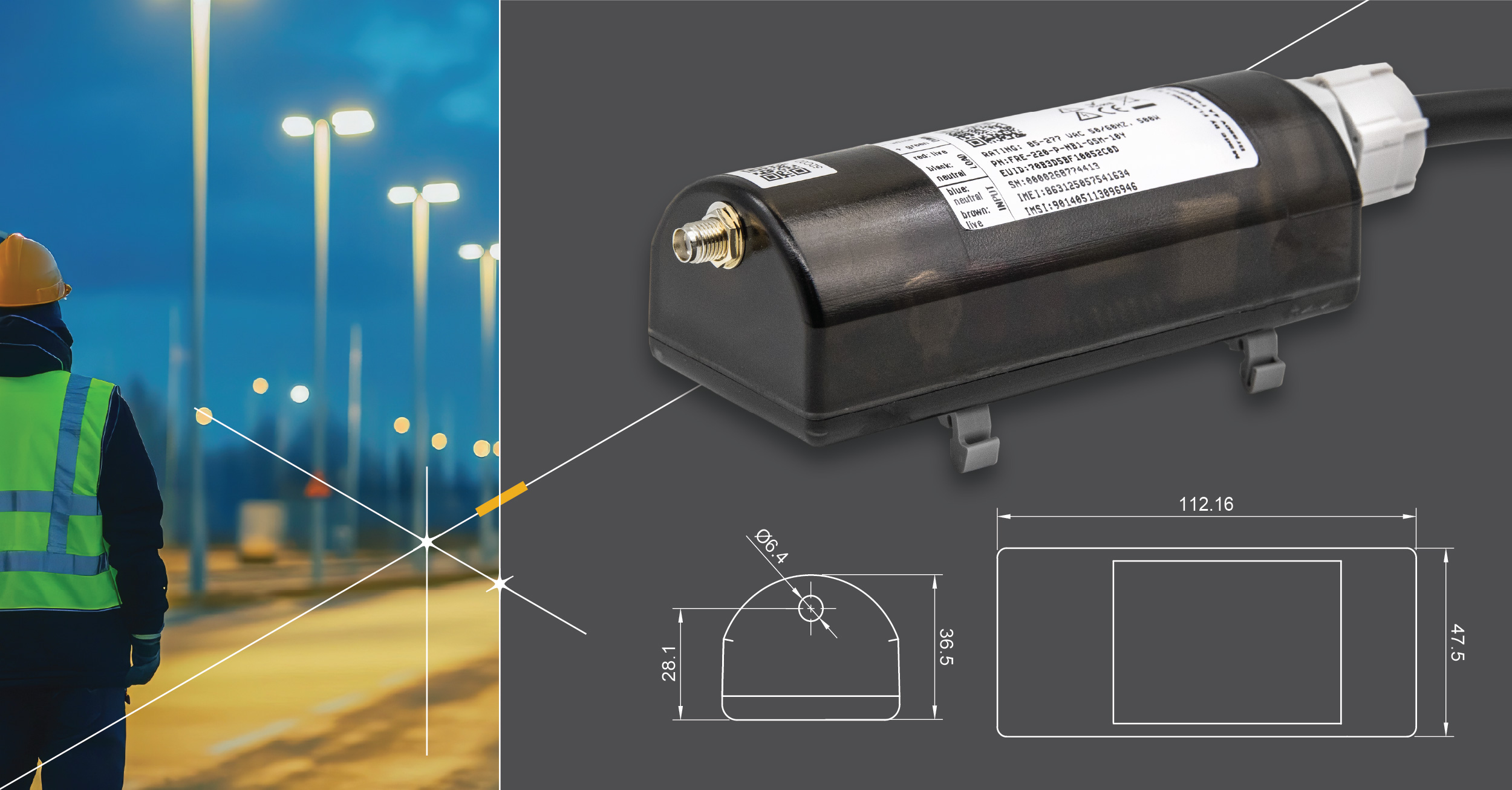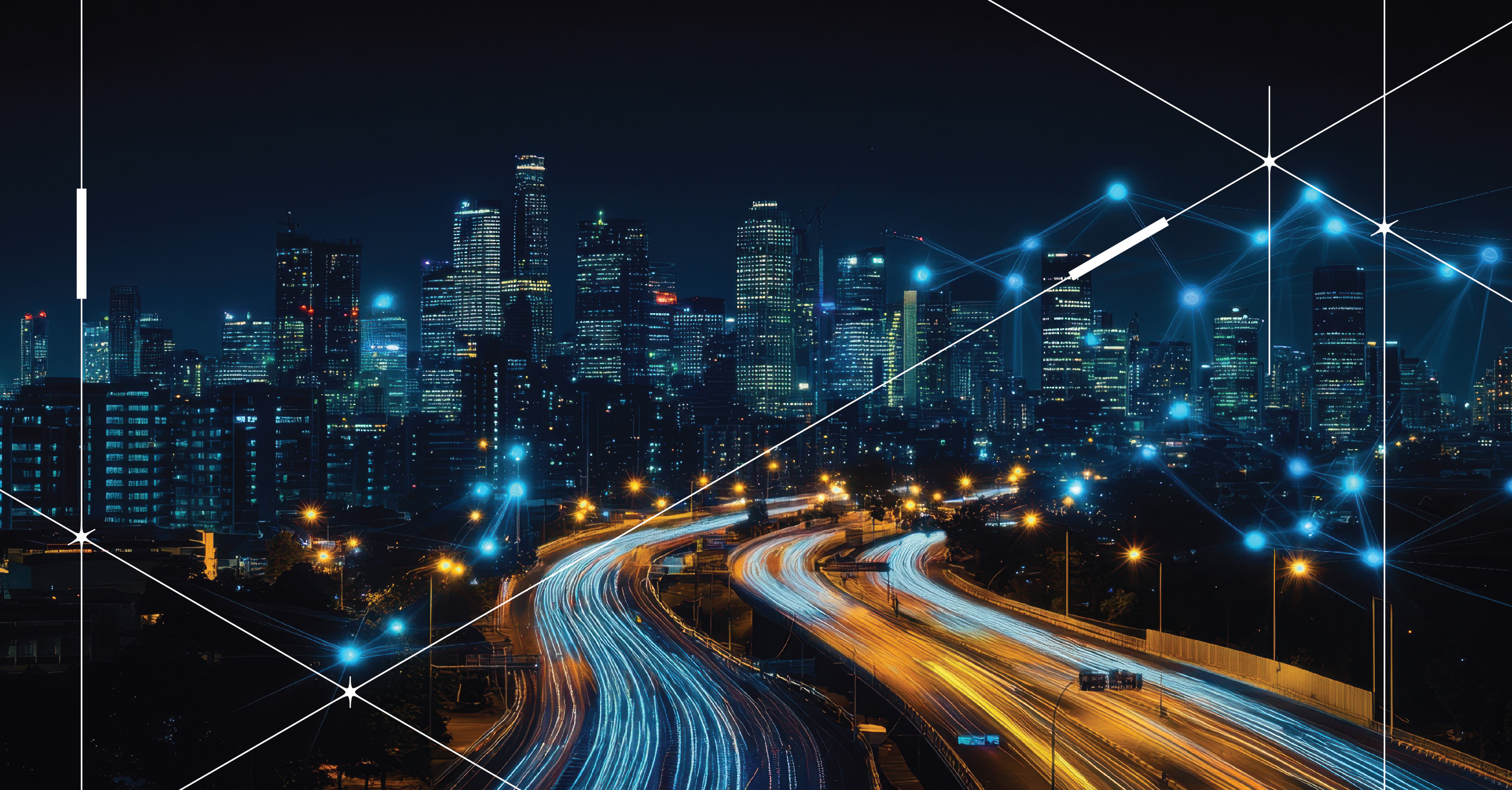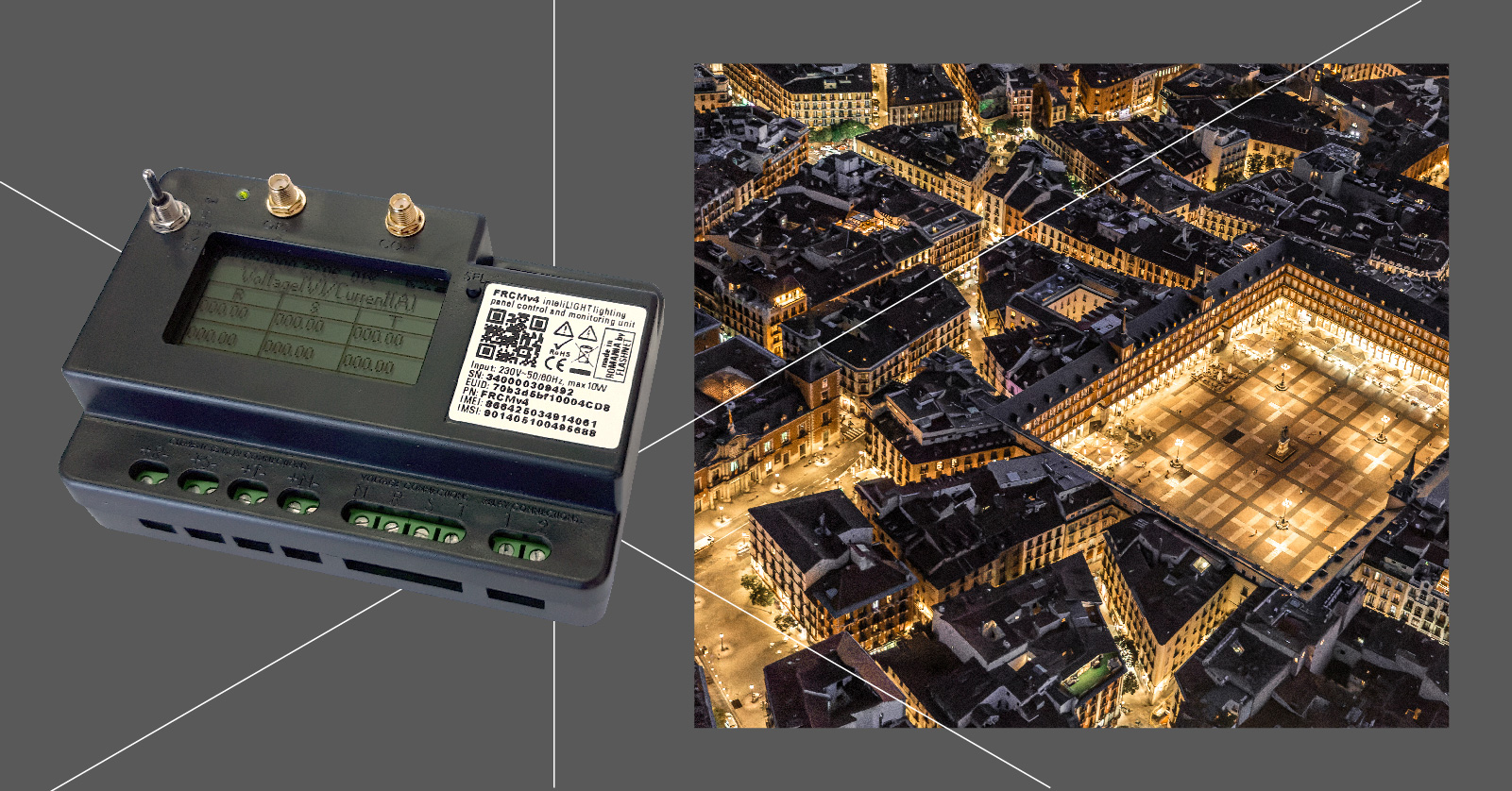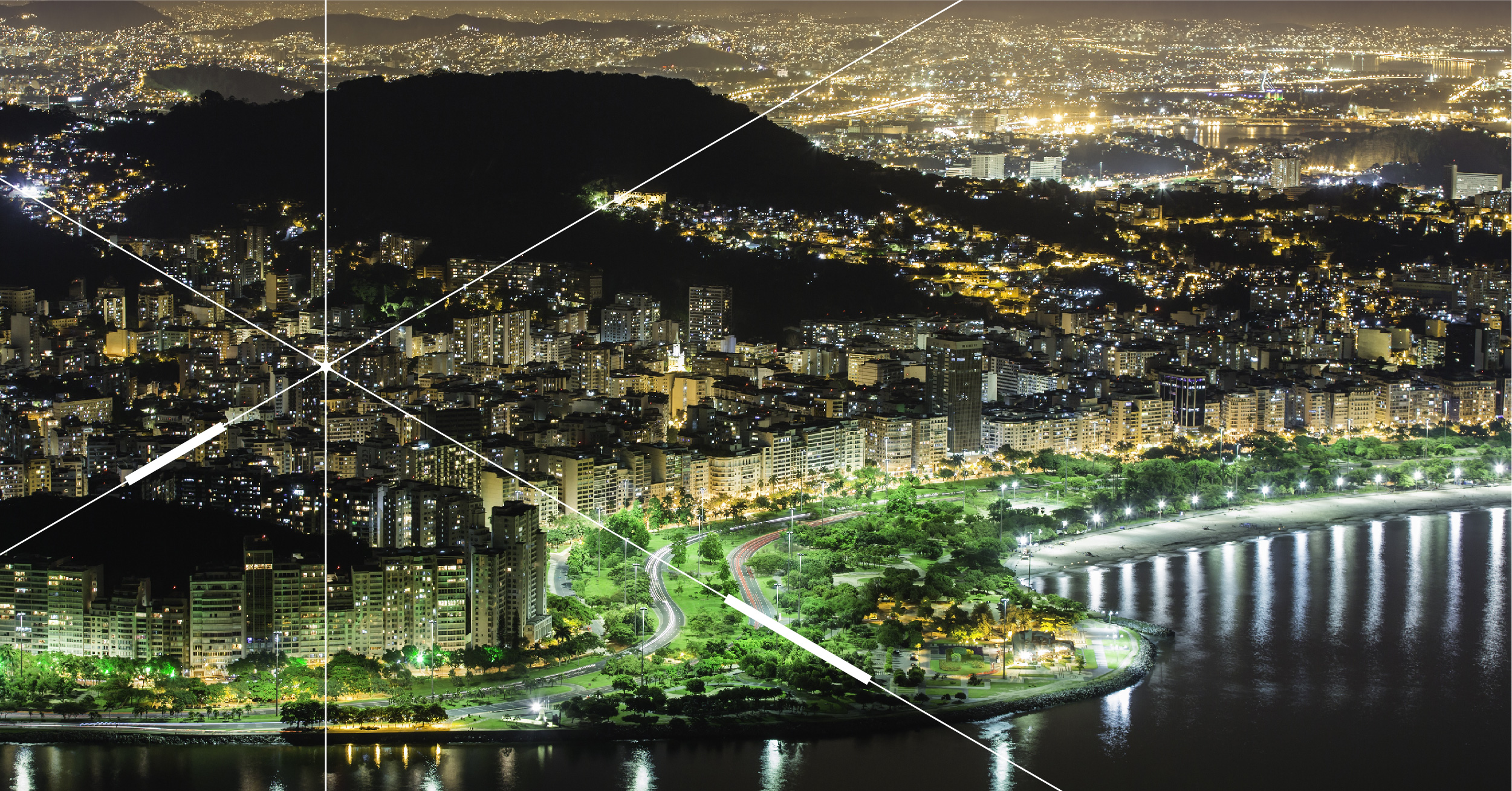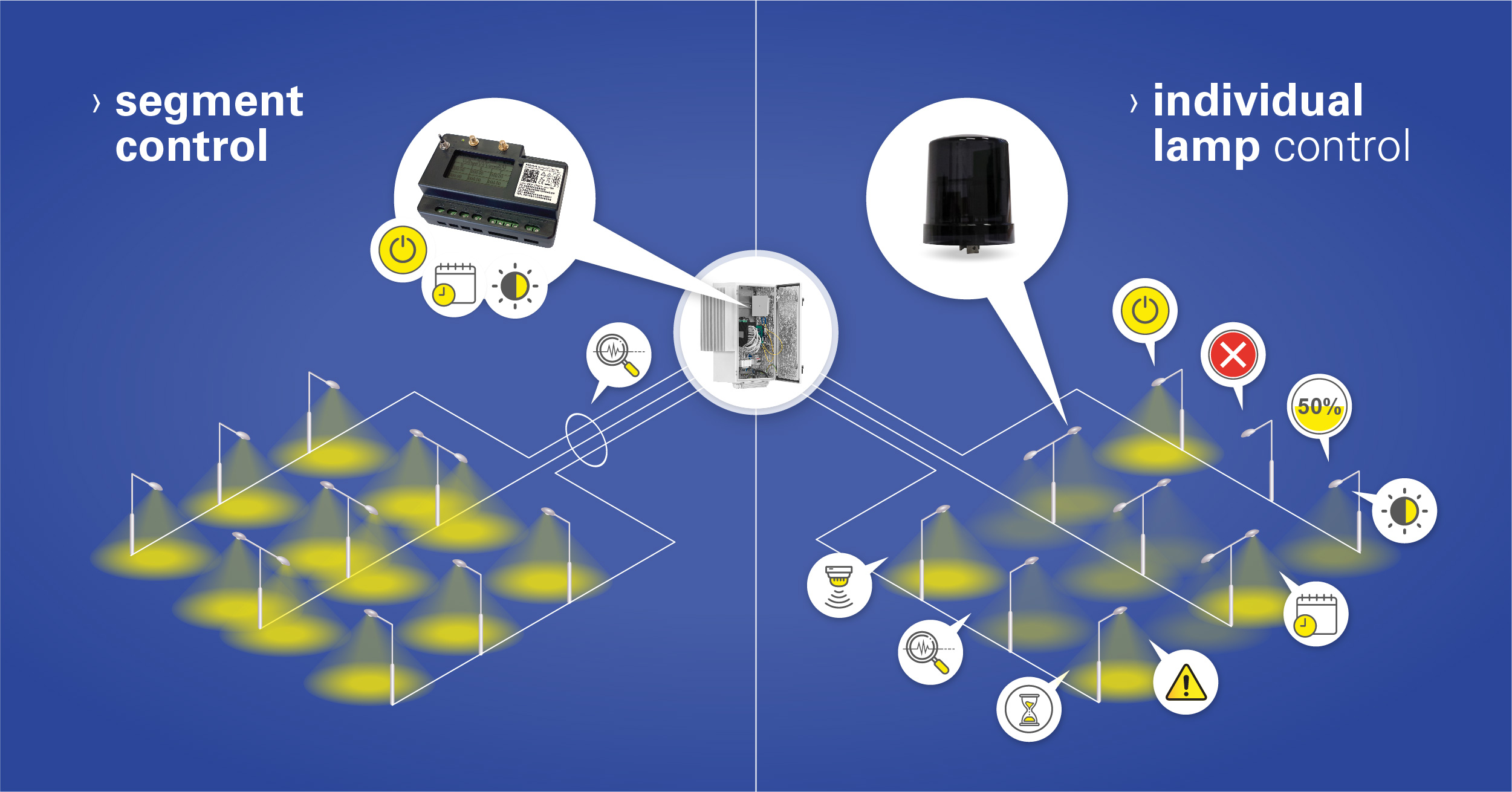Everything you need to know about smart street lighting

Reading this article will help you understand what smart street lighting is, how it evolved and what makes it “smart”. You will also gain insight into what the future holds for smart street lighting and how it is a core element for building the smart cities of the future.
An introduction to smart street lighting
It has been a while since artificial light has allowed us to see in the dark. We can now light the homes we live in, our workspace and, of course, the streets we wander. This invention has made our lives easier and, as public lighting has become a norm in most parts of the world, safer. Street lighting is now a core piece of urban and rural infrastructure, creating a safe environment for pedestrians and drivers alike.
Costs for municipalities
At local and municipal level, public authorities are in charge of providing street lighting as a key public service for citizens’ safety. This, however, represents a major cost for the local government which can be challenging to accommodate and sustain. Moreover, it is still common for municipalities to use outdated and inefficient street lighting facilities which leads to a higher energy consumption and increased maintenance costs. An obsolete lighting system can account for as much as 50% of a typical city’s entire energy bill.
Environmental concerns
The issue of large energy consumption is a concern not only at a local level, but also globally. Public lighting has been named ‘the nervous system of a city’, connecting hundreds of millions of streetlights with access to power across the globe. This constantly increasing number has made lighting responsible for a staggering 19% of global electricity usage and is contributing towards the already exceeding levels of CO2 emissions. Given that, according to the UN, 68% of the total world population will live in urban areas by 2050, it seems more imperative than ever to protect cities’ limited resources. Municipalities face the challenge of creating a secure environment for its current and future inhabitants, while being energy and cost efficient.
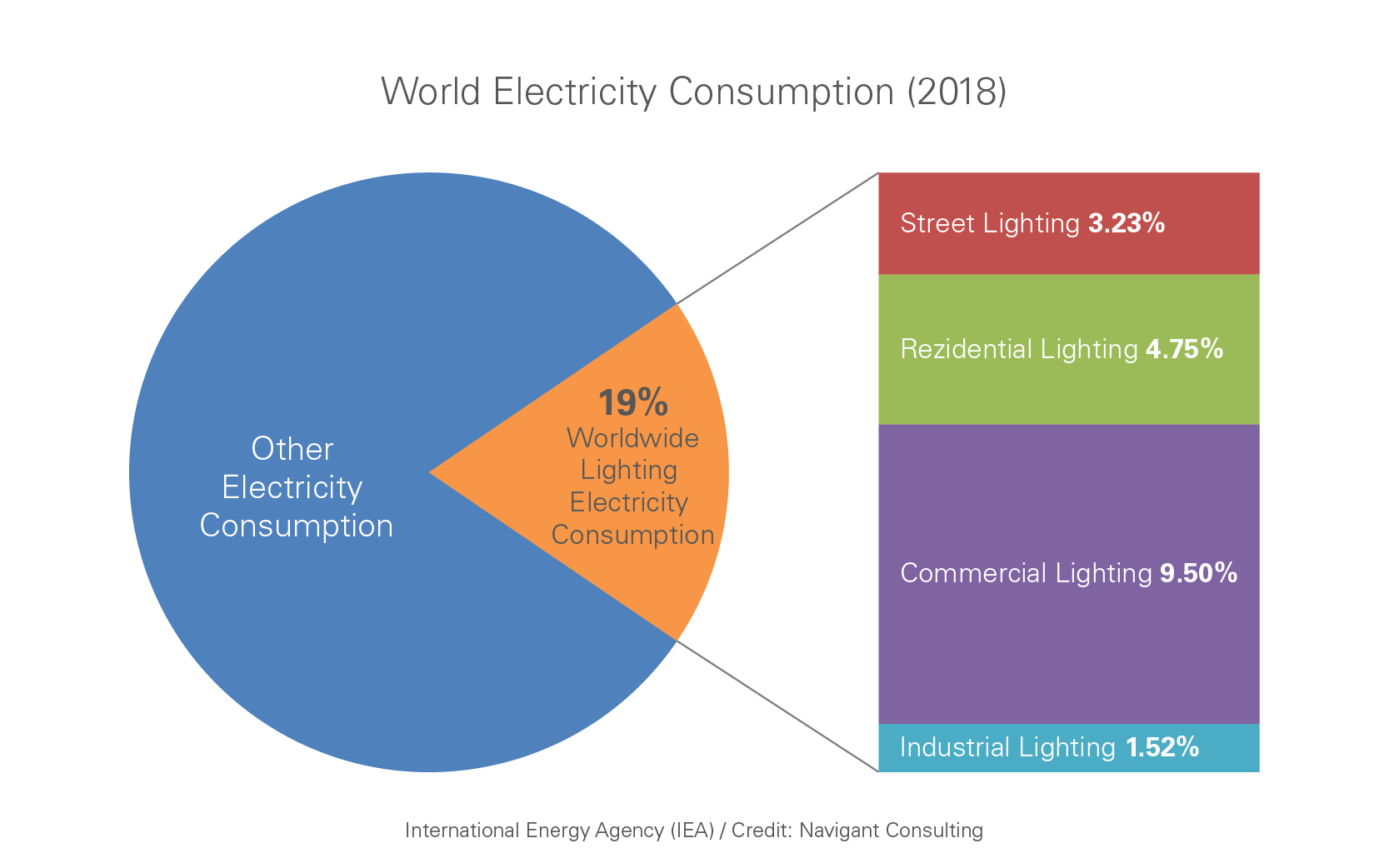
Levels of interaction for streetlight solutions
- Information is paramount for any city nowadays, arguably even more important than direct energy savings. Whether it’s information regarding the street lighting (functionality, electrical parameters) or the city itself (pollution sensors, for example), all city managers prefer to rely on solid data to optimize city process and operations.
- Operation links to street lighting functionality and maintenance. Functions such as on/off/dimming are the basics of any connected lighting system. Autonomous operation, adaptive lighting and maintenance optimization can further support the cause of smart street lighting.
- Optimization is based on information, but it needs not to be confused with it. It is an entirely different process, and ignoring its benefits may render any amount of valuable information useless. It’s a continuous pursuit that can be grounded on a city-wide infrastructure like intelligent lighting.
- Integration leads to synergy. Smart lighting, smart traffic, smart waste disposal, smart utilities are all good. Together, they are even better. Many companies focus on their area of expertise, but cities aim to improve the entire system, synergistically. Recent studies credit smart systems that are open to integrations to lead the Smart City revolution.
Street lighting technology and systems advance faster now than ever before and need to always bring more to the table to benefit the people, municipalities, and the planet. In the process of modernizing the public lighting system, municipalities can opt for diverse smart street lighting control systems, streetlight remote control software solutions or communication technologies to build connected street lighting infrastructures. These all bring benefits within and outside the scope of public lighting.
Street lighting infrastructure overview
The main elements of a street lighting system
A street lamp is made out of a lamp socket which mechanically supports electrical connections and allows the lamp to be conveniently replaced. The ignitor provides the high-striking voltage needed to ignite a streetlamp. The ballast (or transformer) reduces the voltage and regulates the electric current to produce a steady light output. The capacitor is used to stabilize voltage and power flow.
Compared to traditional lamps, smart street lamps have the capability to be remotely powered on, off or dimmed by means of controllers. These can be integrated inside the lamp from the production stage or mounted on the lamp.
The main purpose of intelligent street lighting is to better light up the roads, pavements and parking spaces to guarantee citizens’ security. To ensure visual safety to drivers and pedestrians, smart lighting needs to meet specific values of luminance, illuminance or dimness, uniformity, and glare according to the road type. HIDs and LEDs are currently the most popular lights used to grant high-quality, efficient lighting.
HID lamps are still commonly used around the world for lighting up vast areas. Even though they have a lower implementation cost and are less costly to replace than LED lights, HIDs are increasingly being replaced by LEDs and for good reason. HID lights have a warm-up period of 20 seconds until reaching full power, can emit up to 70% less visible light after only 10,000 hours of being in use, and about 30% of the energy produced is infrared which is entirely wasted energy. LEDs, on the other hand, have an extremely long lifespan (new LEDs last over 100,000 hours), reduce energy costs by up to 60%, don’t have a warm-up period, and pay for themselves in 6 to 18 months.
For centuries, lighting poles have been used to place street lighting sources and have evolved together with lighting technologies. Later on, they were used to support traffic lights or communication infrastructure. But the recent technology developments promise to bring it to the pole position of Smart City initiatives.
Lighting poles have two characteristics that make them essential to smart city development: they are omnipresent and they are powered. Especially with smart lamp-level control, the street lighting grids are continuously under power (even during the day – a problem with legacy street lighting). Therefore, there is a large number of sensors and IoT devices that can be mounted on and supplied from the street lighting poles, using any available communication and laying the grounds for Smart City synergies.
The traditional method for switching a cluster of streetlights is via a device in a control cabinet triggered on a timer or by a photocell. When modernising existing street lighting infrastructure, control cabinets are an essential element. They must be able to support energy-saving technologies such as LED lights and smart lighting management systems. For example, modern control cabinets should be able to pass the light switching impulses from a modern lighting control center on to the individual street lighting devices, or link the street lighting system to the smart sensors/ actuators, when necessary.
Smart street lighting control systems
The idea of street lighting control appeared long ago, from the struggle of managing large numbers of lamps. A solution was needed so that the lamps could be clustered in smaller numbers and handled more efficiently in terms of powering on and off, power outages, maintenance etc. Thus, lighting panel control and monitoring units (power cabinets, feeder pillars) were invented and used to restructure public lighting. This allowed for each light segment to be manually powered on. Later, controllers were installed on these lighting control units. They took the place of human intervention, functioning as an automation for switching the light on and off.
Since then, street lighting needed to become more effective, less energy consuming, and less polluting. So, control systems have evolved to become ‘smart’ by allowing lamp control and data collection. This was made possible by allowing segment-level and lamp-level control via cabinet or luminaire controllers respectively.
Street lighting control levels
- A smart street lighting system controlled at segment-level comprises a cluster of up to 200 streetlight lamps that communicate to a power cabinet which allows automatic on/off control. The feeder pillar receives data from the lamps, manages and transmits the relevant data to a secure server, which stores and displays it on a dashboard.
- Individual lamp control is handled via luminaire controllers which have lamp-level functionality and intelligence, and allow for on/off/dimming control or adaptive lighting. Luminaire controllers can also provide electrical parameters feedback for every lamp, real time malfunction reporting and optional sensors to measure light, motion, temperature, humidity, noise, etc. In addition, lamp-level control keeps the lighting grid powered-up during the day, which allows the installation of other smart city applications: sensors, controllers, CCTV cameras or communication devices.
Lamp control standards, sensors and adaptive lighting
The main standards of lamp control are 0-10, DALI1, DALI2 (Digital Addressable Lighting Interface). The important thing is to make sure that the smart lighting controllers are compatible to the lamps’ control system.
Furthermore, some lighting controllers allow for further connectivity. Sensors for special functions can be added to the system, whether for deploying special lighting control characteristics or to mount additional, non-related sensors. Adaptive lighting is such an example. Adaptive lighting requires the ability to dim up the lamps in real time when presence (pedestrians or cars) is detected. This requires (besides controller’s technical ability) adding a motion sensor to the lighting pole, usually connected directly to the lighting controller.
Smart street lighting controller types, form factors and mounting options
The lighting controller is the base of every smart lighting installation. Depending on the type of installation, the controller can be connected to the lamp or to the power cabinet. When installed in the power cabinet, things are quite straightforward. As aesthetics is not an issue and installation space is rarely a problem, the controllers usually look like simple plastic boxes that can be wire-connected directly to the lighting panel power source. There is usually power and communication available (sometimes even fiber optics Internet), so there is not much debate left.
However, when approaching lamp level street lighting controllers, things may be getting a bit complicated. There are three types of restrictions that you should keep in mind: design, installation and communication.
More often than not, street lamps fulfill more than a functional role. They have become a key asset in creating and maintaining local architectural value. Whether modern, classic or retro, street lighting fixtures need to compliment local architecture, and smart lighting controllers need not to ruin that effort. It’s unlikely that a city architect would accept a modern piece of electronics to be visible on their black wrought iron, expensive, retro fixtures.
Furthermore, as any change to the lighting grid usually involves cumbersome civil works, it’s important for city managers to keep installation cost at a minimum. That’s why lighting engineers have invested in several mounting solutions to ensure smooth lamp upgrade and fast lighting controller installation.
Main types of controller installation available
- On-lamp socket installation: it’s by far the fastest way to get smart street lighting. Most lamps today come with a NEMA or Zhaga socket option, which allows almost plug-and-play installation. The NEMA socket (ANSI C136.41) is a street lighting connector derived from the American socket standard that has expanded worldwide. Zhaga is a newer, more compact connector that aims to take over the streets, developed especially for today’s slim LED fixtures.
- Embedded controllers: compact controllers to be installed inside the lamp, sometimes right from the production line. It’s the best way to keep the lamp’s architectural value intact, while offering added value for lamp manufacturers.
- Pole-Mounted controllers: mounted inside or on the lighting pole, it is the most flexible option for smart street lighting projects. Even if it is more complicated to install (it usually needs custom mounting and direct wire connection) and more expensive (their design needs to be resistant to weather – usually IP66), it is the most flexible option available, as it does not require any special connections or certain lamp types. It connects directly, so it can be used to retrofit existing street lighting installations with minimal visual impact and virtually no civil works.
Communication technology
Communication networks can cover various ranges, depending on the distance at which nodes can communicate with other nodes and gateways.
Powerline Communication
Wired or powerline communication (PLC) works on long distances by sending a communication signal directly onto the powerlines. Uninterrupted conductors establish a continuous communication, and the PLC signal doesn’t usually traverse any transformers or power conditioning devices. The LonWorks® (by Echelon), for instance, is a powerful power-line communication technology for advanced streetlight systems.
When it comes to street lighting, it is generally the case that groups of streetlights share a common powerline. These street lights can either communicate with each other or communicate with gateways leading to supervisory control systems.
Gateways are tools which synchronise the communication between up to 200 lighting controllers and the lighting control software. Through wireless connection, an IoT gateway receives, filters and transitions the messages received from the controllers further to the management platform, where they can be analysed.
Radio communication (RF)
In the street lighting field, Radio control (RF) manages to overcome most of the limitations of powerline communication. Although most smart street lighting systems function in a similar way, there are numerous different methods of exchanging data between connected smart streetlights and the CMS. These include cellular (2G, 3G, LTE, 5G, and NB-IoT), RF mesh, LoRa, Wi-Fi, and other medium- to long-range solutions. Read a comparison between the main cellular networks here.
A short-range network such as RF mesh has a maximum node-to-node distance of 200-300 meters and can comprise around 200 devices, and streetlights are about 50 meters apart. Short-range networks are suitable for urban areas where lamps are installed closer together and the message doesn’t need to travel for long distances. This type of network requires careful preliminary network planning, taking into account the density of nodes and the placement of gateways, which increases initial deployment costs. However, operating costs for an RF mesh network are much lower than for a cellular network because there are no data charges.
Streetlight remote control software
Modern smart lighting control systems combine software and hardware components, allowing local governments to manage large-scale public lighting networks. The communication is bidirectional, so that lamps can be controlled remotely, while sending data to be collected, stored, displayed and analyzed in the software application. Moreover, alerts for any system failures help municipalities act timely and more efficiently.
When choosing a lighting control software, it is important to make sure that the solution fulfils your most pressing needs. However, keep in mind that the efficiency of a smart lighting management software is not only determined by the software’s functionalities. It will also be influenced by the communication technology and the hardware type deployed.
Aspects to assess when choosing a smart lighting control software
- Does the software have basic control options (on/off) or does it support dimming and adaptive lighting functionalities?
- Does the system provide in-depth grid awareness (detailed information and inventory features)? How many parameters can the system manage and is it a fixed list or is it flexible (create new parameters)?
- Is the software secure? Does it use the latest data encryption technology and VPN?
- Is the reporting functionality organized to help you optimize your street lighting/smart city system?
- How does ticketing and notification work? Is there user-level access control and a default daily notification systems, so you can deploy maintenance teams automatically?
- Can the company customize the software to fully adapt to your local needs? E.g. specific integrations, translation and localization
- Is the software designed to be integrated with other smart devices and sensors? Does it allow north-bound and south-bound API integrations and is it compatible with major standards such as TALQ?
- If having a closed system is important to you, can the system be deployed on a local computer (standalone installation) and managed within a closed circuit? Or is it available only as a SAAS (cloud service, usually allowing for more flexibility and automatic updates)?
By using an open architecture, a streetlight control software can be effortlessly integrated with third party systems, IoT applications and devices. Moreover, certified standards such as TALQ lead to a vendor-neutral ecosystem and promotes solution interoperability. This represents a solid first step towards developing a sophisticated, truly open smart city platform.
IoT integration and Smart Cities of the future
What’s next?
It is still somewhat uncertain what the future holds for smart street lighting. The general direction points towards repurposing existing street lighting infrastructure and full interconnectivity on the IoT platform. There are solutions that can already be deployed together with the modern intelligent street lighting systems such as electric vehicle charging stations, smart parking, public safety video monitoring, traffic management, broadband connectivity, etc.
Smart street lighting is the backbone for smart cities of the future. Connecting over 360 million streetlights worldwide, smart street lighting systems turn cities’ lighting grid into one centrally controlled network. With non-stop access to power, street poles are ideal for mounting smart city systems such as security cameras, environmental sensors, traffic counters or electric vehicle chargers. By connecting every lighting pole to a wider network connection, each lamp becomes an IoT-ready installation platform which will act as a binder for wider smart city investments.
Conclusion
Urbanization is an issue that all cities need to deal with around the globe. The smart city industry is a $600 billion market, with 600 cities around the globe expected to generate 60% of the world’s GDP by 2025. With over 60% of the world’s population expected to live in cities by 2050, it is crucial that these cities are safe, suitable environments for their citizens. It is the end goal for smart cities to improve the quality of the lives of citizens. The future is smart.


